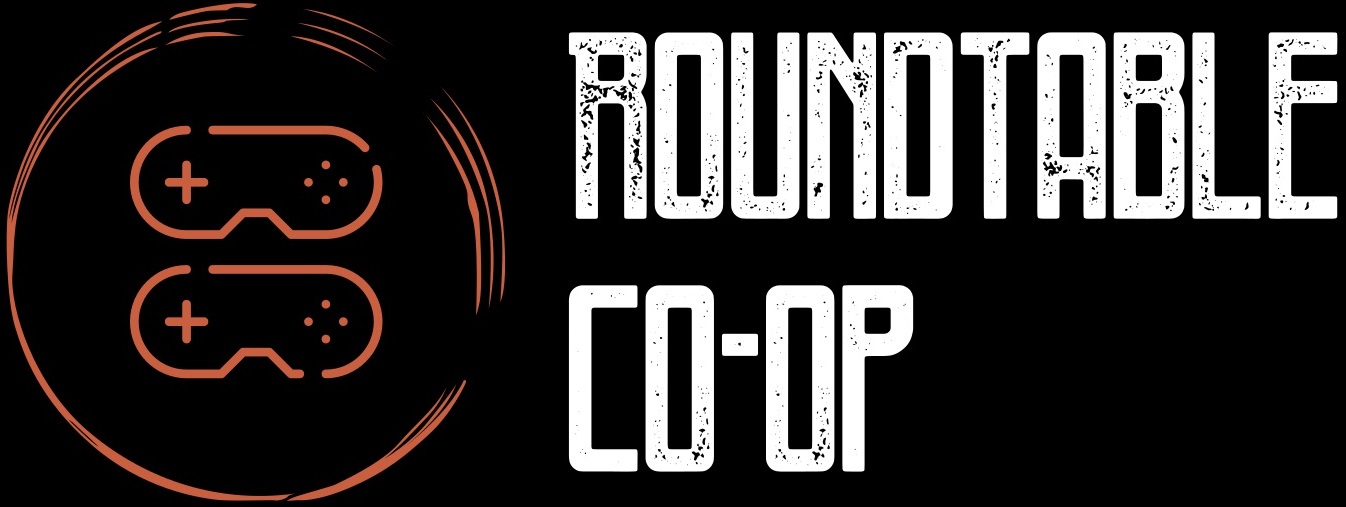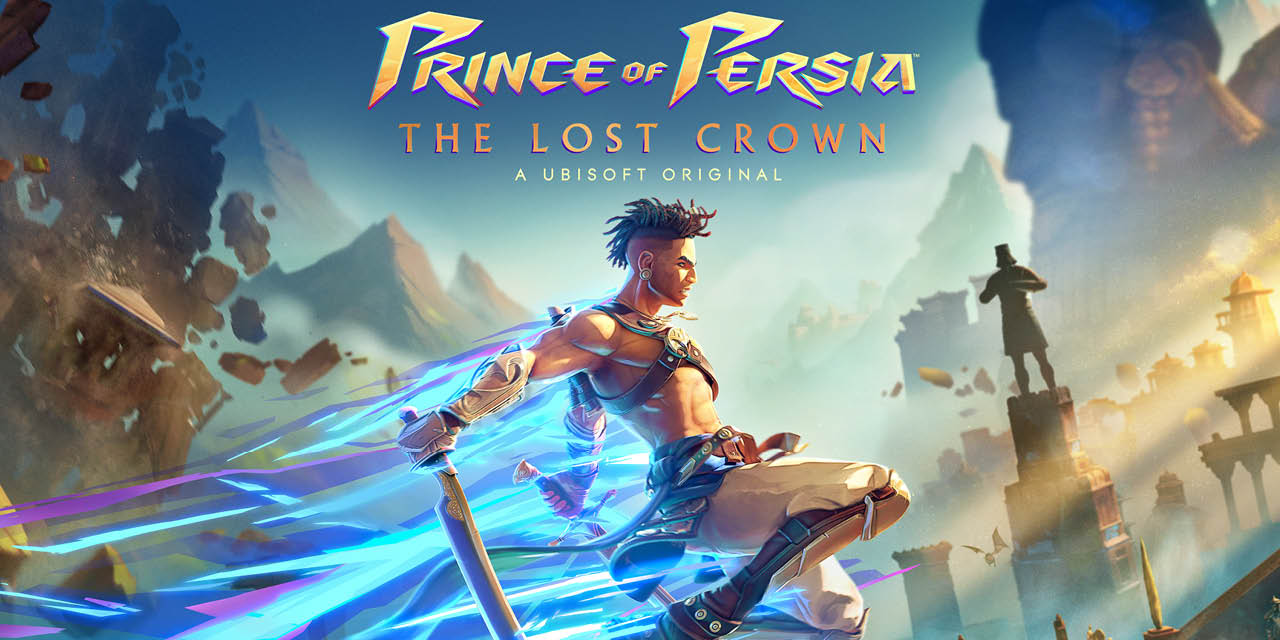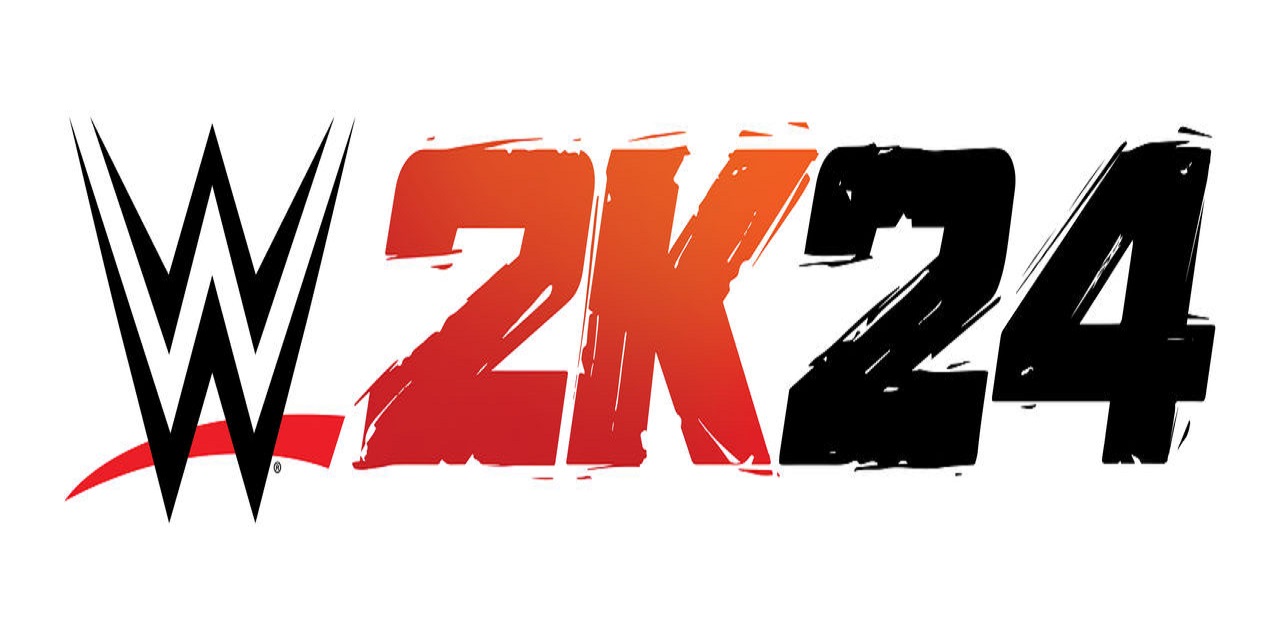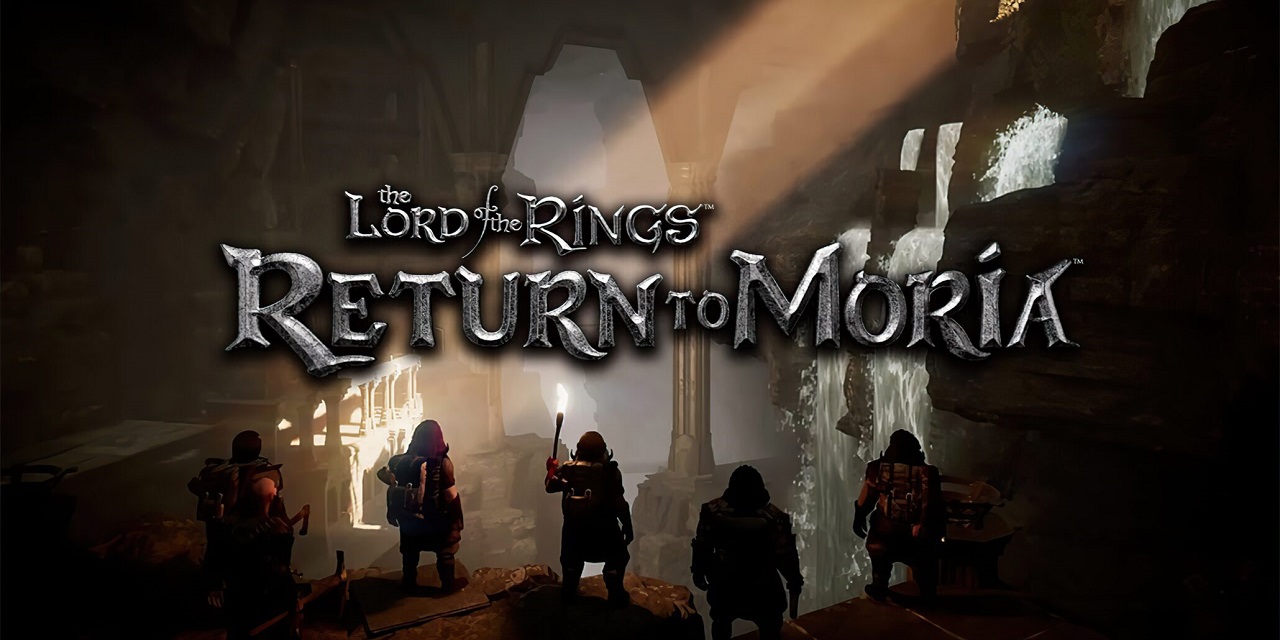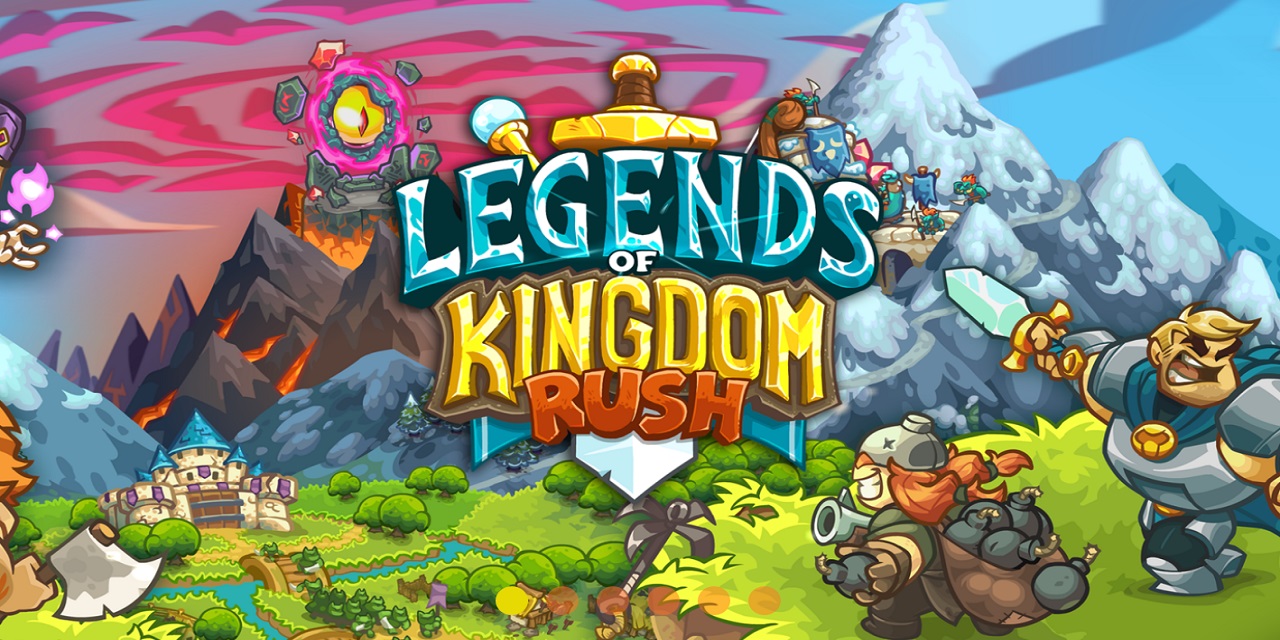It’s been a hot minute since the last Prince of Persia game, and I have been looking forward to the release of Prince of Persia: The Lost Crown. The series has come a long way since its humble PC beginnings and seeing it return to its 2D origin warms this old man’s heart.
Painting With Prince Of Persia
The first thing I noticed about Prince of Persia: The Lost Crown was how stunning it looked. Character models are fluid in their movements and looked great. The environments of the various biomes are all unique with their own flair. I was so creeped out by the Catacomb area that I swear I was going to fall out of my chair from fright.
Artwork in fights deserves a shoutout as well. There’s a particular type of parry that causes instant death with its own little cutscene. Missing a parry badly results in a stylised stab of red across the screen.
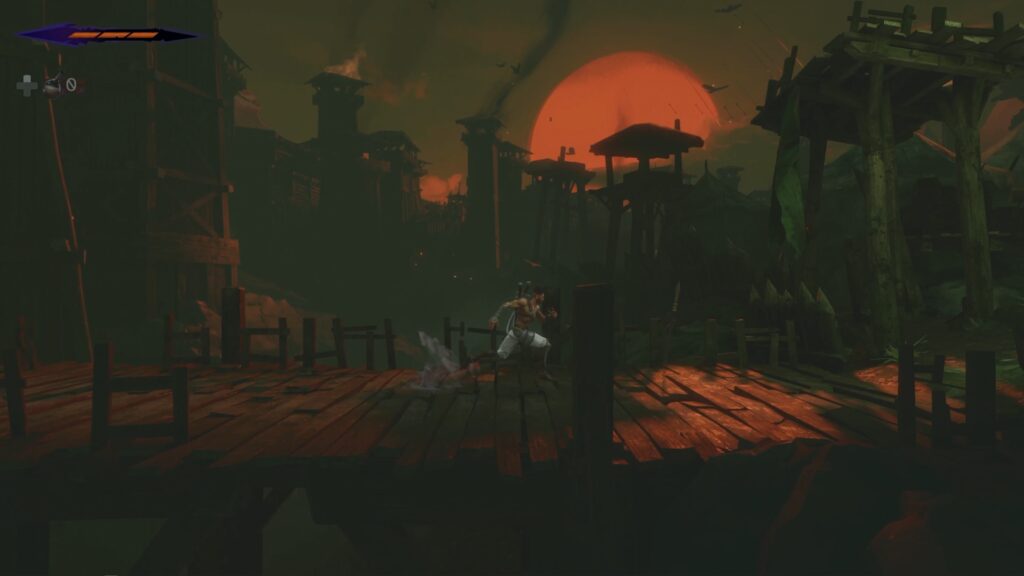
While Sargon, the player character, is very much stuck in the second dimension, the 2.5D backgrounds are amazing. I very regularly stopped to look at what was going on behind the main gameplay.
Prince of Persia is a Metroidvania game, and I would regularly come across out of reach areas. Usually, it’s a task to remember them all and come back to them later. What Prince of Persia does is gives a limited number of items called Memory Shards. This takes a screenshot and places it on the map. This way it’s easy to remember that that way is currently inaccessible.
Gameplay
Sargon comes equipped with his dual blades and while that doesn’t change, he does also fight with a bow and arrow, and a chakram. Sword combat is unbelievably fun. Battling groups of enemies and changing tactics to suit their defences is challenging but when you get it right it feels amazing.
Swapping between heavy attacks to get through shielded opponents or juggling smaller enemies to keep them from attacking, the choice is there on how to proceed. With a little practice I was chaining together so many attacks the enemies were barely able to take a swipe at me.
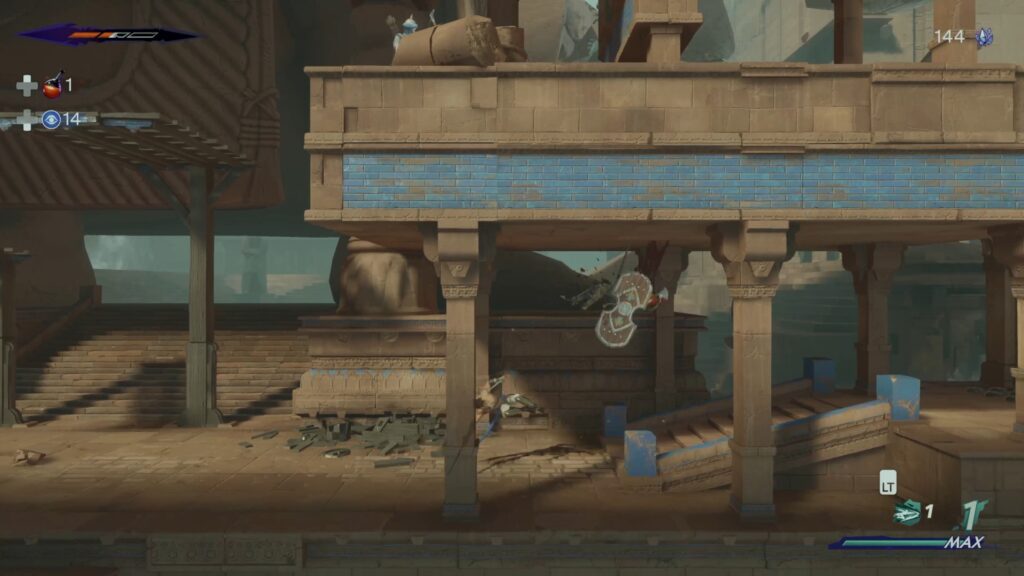
Sargon has access to powerful abilities called Athra Surges. Successful parries and attacks will fill the Athra gauge. When it is charged, I was able to unleash a strong attack. The first Athra Surge is a combat charge that breaks through shields. Healing, aerial attacks, as well as a speed and attack boost are available through exploration and combat. Only two Athra Surges can be equipped at a time.
Prince Of Persia: The Lost Crown features modifiers called Amulets. Amulets attach to Sargon’s necklace giving him bonuses like more damage at low health, a chime to aid with treasure hunting, or extra health. My favourite was the enemy slowdown on successful parry that gave me extra time to assault my opponents.
Prince Of Persia Settings
Settings aren’t normally something I talk about, but Prince Of Persia: The Lost Crown’s settings had me from the start. There’s a whole range of accessibility settings, from changing the font/visual elements and to turning off camera shake, to combat and platforming assistants.
Being a Metroidvania title, there was a lot of exploration required to find my way forward. Mostly I stayed in Exploration mode. This gives the player little guidance, just a quest log with a bit of information to go on. Guided mode gives the player a market on their map where they should head to next.
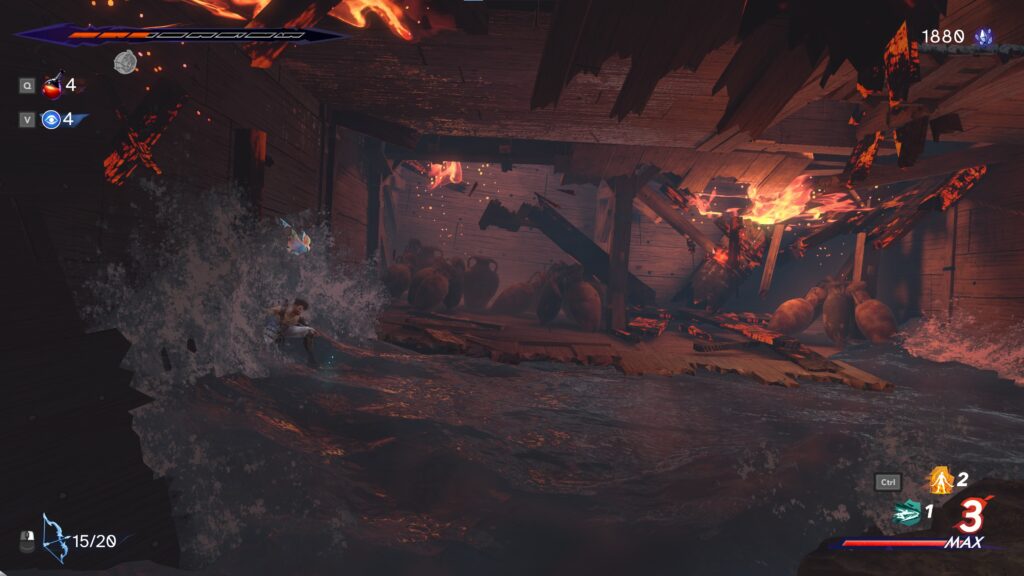
But the biggest point of interest for me was the difficulty settings. There are four standard difficulties, but the amazing thing for me was the ability to customise the difficulty level. That means there are sliders for every setting you can imagine. Enemy health, damage taken, parry timer, Athra gauge gain/depletion. I’m pretty good at video games but I suck at parrying. Using these difficulty settings, I was able to play at a harder level, but scale parrying to the easier side of things.
All these settings can be changed at any time.
Prince Of Persia
I’m just going to say it. Prince of Persia: The Lost Crown is an amazing game. I love everything about it. The combat, the platforming, the puzzles, it all combines into one truly terrific game. More than once in my playthrough I found myself comparing it to titles like the Ori games and Celeste but with in-depth combat. To even be thought of in the same way as those games means Ubisoft have something special.
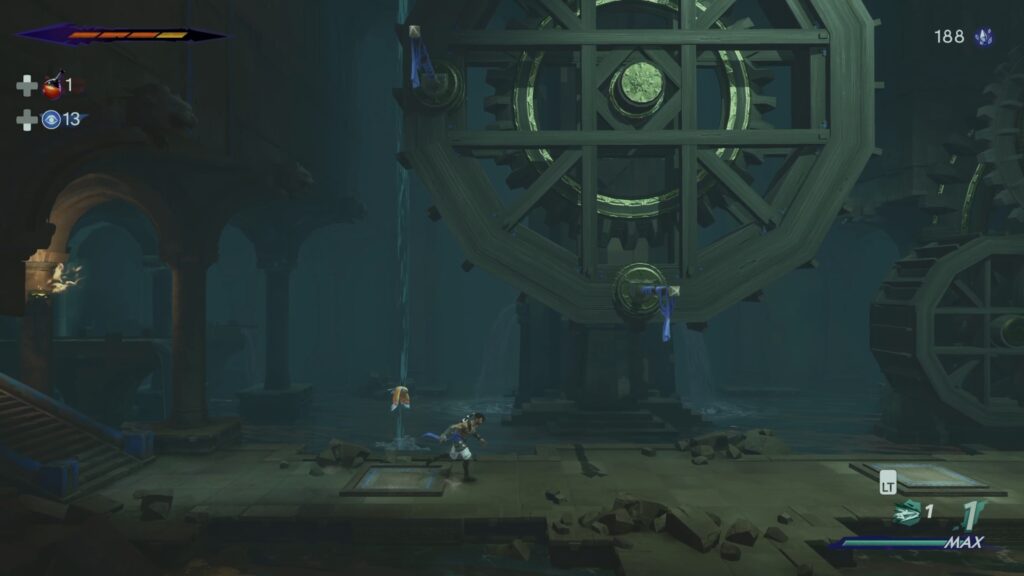
Yes, there are a lot of collectibles (this is a Ubisoft game after all), but they all have worth. Amulets give bonuses in combat and ore can be used to upgrade Amulets and weapons. Even the collectibles that don’t have any bearing on gameplay come with lore and help build this world. There’s a few costumes as well.
While I haven’t spoken about story for fear of spoilers, rest assured that there is a good one and that the game’s mechanics fit well with it.
I highly recommend Prince of Persia: The Lost Crown. You will not be disappointed.
Prince of Persia is releasing on the 15th January 2024 for PC, Xbox, Playstation and Switch for $79.95.
